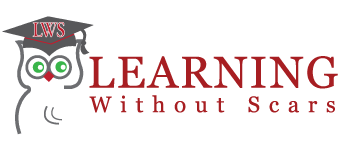The use of activity-based management as a management tool, has been relatively recent in our Industry. It was an unintended consequence of the work of Edward Deming, in Japan, and allows dealerships to review activities in a different manner. The use of the sales per employee implies a series of activities and relationships to our work that relies on historical approaches and does not take into account the opportunities to reinvent the operations of the department.
Our business is based on satisfying customer requirements. In order to be able to satisfy these needs we must better utilize technology and information in better and different manners. In many cases organizational transformation, has rarely been done without the attendant review on process effectiveness and market coverage methods.
This program will expose a series of thoughts that will allow the learner to be better able to evaluate the processes and methods in use today. The business world has been inundated with various “new” thinking approaches. This is Industrial Engineering at its’ root which morphed into the Continuous Improvement Movement, to Kaizen, then Six Sigma and finally the 5 S approach today. Each of these approaches is married to financial reporting which allows a more comprehensive review of all we do from an activity-based perspective. You will never regret taking this class.
